My colleague Derek Weinberg shared his views on Quill & Pad recently regarding the way he sees things in the modern watch industry (spoiler alert: he is deeply saddened). If you haven’t read it yet, head over to Modern Horological Times And Practices Are Likely Much Worse Than You Think: A Reflection.
At the core of Weinberg’s ideas, like those of many others before him (and including a younger version of myself), is the nostalgia for an earlier time in which watchmaking was a princely profession, one where watchmakers brought the most advanced manufacturing and engineering techniques to kings and the common man alike.
Weinberg’s article yearned for a time when watchmakers were craftsmen of the highest order, possessing a level of artistic dignity that many say is lacking from the world today. His opinions seem to stem from a strong case of anemoia (nostalgia for a time you’ve never known). That is something I have certainly felt, though with time, study, and deep reflection I have come to a different understanding about the history (and place) of horology.
I once held the very similar belief that watchmaking was one of the most honest and noble crafts one could undertake. And I held historical watchmakers among some of the most important men in history.
Watchmakers are, for many reasons, essential to the trajectory of history, but studying watchmaking without understanding the historical and social context within which it developed is greatly disserving watchmaking as a profession – and science and technology as a whole. History is full of talented people who helped change the world, and among them are many of our heroes of watchmaking, with new historical watchmakers being “rediscovered” by our merry band of WIS every year.
But watchmaking is and always was a tool to aid the world’s inhabitants in living their lives, not the reason to live in the first place. As other writers have pointed out: times change, they always do, and holding on to the past with an idea of the way things were that don’t reflect how it actually was is asking for critique – or worse: utter disillusionment.
Looking toward the past with rose-colored glasses is often a folly of the hopeless romantic and functions only in prose or through the cinematic lens. I hope to counter the claims made in the previous article here and address why I believe the situation to be much more positive than even I used to assert.
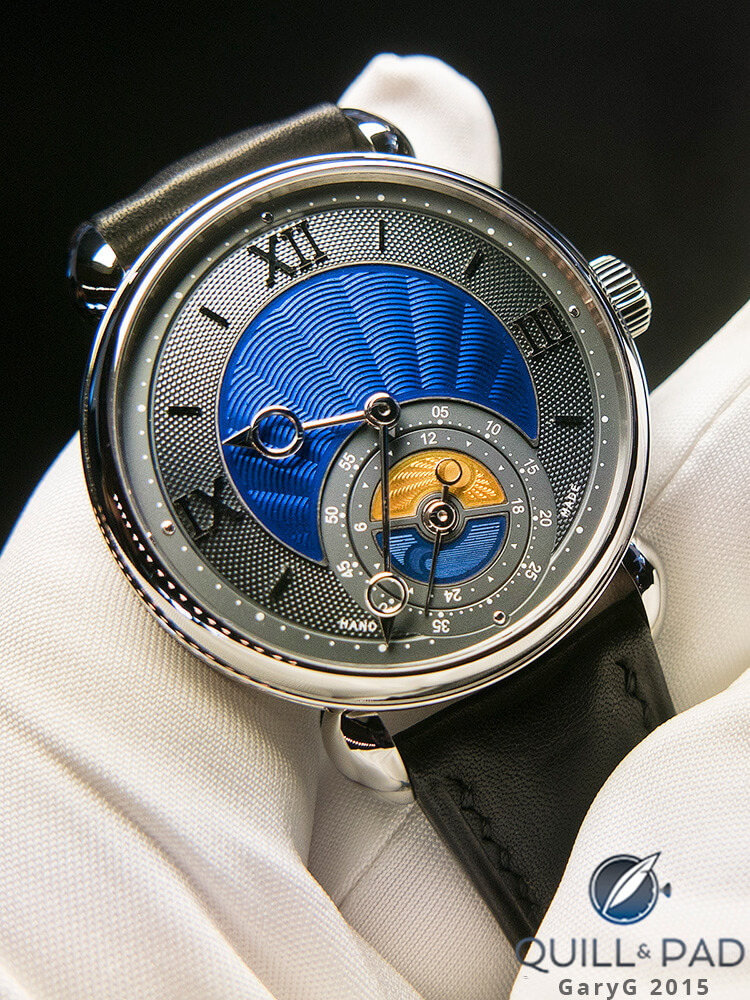
Stainless steel Kari Voutilainen GMT-6
History is a guide
My assessment of watchmaking and its current outlook is of course somewhat subjective, but I base it on a fair amount of research into history and a thorough understanding of how products (especially watches) are made.
To understand watchmaking in context, one must separate it into two distinct eras: pre-industrial revolution and post-industrial revolution. These two time periods mean very different things to the watchmaking industry, and much of the nostalgia for watchmaking originates in the pre-industrial revolution era when everything was made by hand using techniques now considered traditional.
When it comes to design and engineering of the actual movement, most of the advances in mechanical watchmaking happened before the industrial revolution, a time when ultimate precision was the main thing holding back the sciences. The most significant advances in early attempts at better horogical precision – balance spring, mainspring barrel, bi-metallic balance, lever escapement, and jewel bearings – were all introduced before even the first traces of the industrial revolution.
These great inventions were the products of watchmakers who were great scientists and toolmakers, people at the cutting edge of engineering practices of the day. The historically famous watchmakers such as Abraham-Louis Breguet and Thomas Tompion have more in common with modern tool and die makers and mechanical engineers than they do with people like Philippe Dufour or Kari Voutilainen based on what they actually produced in their lifetimes.
The driving force behind high-quality precision watchmaking was always practical: the need for precise instruments for science, exploration, military, and commercial uses. Of course, monarchs and nobles commissioned pieces that highlighted their wealth, power, and status, but a majority of watchmaking innovation was driven by intellectual goals, not any inherent sense of tradition or duty to history.
How watches were traditionally made was mostly out of necessity, not respect for traditional skills.
Hand-making components was the only way to create parts before machine tools and automation came into play, and so individual craftsmanship played a major role in achieving precision and quality. For example, the traditional way to mark a main plate for drilling was using a depthing tool as it provided a 1:1 measurement that required no transferring or scaling of the measurement, thus ensuring accurate center drilling for pivot positions.
But it was also dependent on feel as the appropriate depth between wheels was adjusted by hand, and could (and more likely did) vary between every watch made unless multiples were being marked all at once.
Machine tools developed during the industrial revolution allowed for fixtures that made for quick and repeatable positioning for drilling, milling, and shaping of plates and bridges. The slow yet accurate processes used before would be used to make the precise fixture, but faster methods displaced the entirely handmade watch with every machine innovation. As automation methods became more advanced, the world of watchmaking became forever changed.
Revolution means change
What might not be surprising to most is that this machine innovation didn’t spell doom for watchmaking; instead it led to the biggest boom watchmaking ever saw. The “modern” machinery and automation of the middle part of the nineteenth century dramatically increased the capabilities of watchmakers and watchmaking companies, so much so that watches only got better with each passing year.
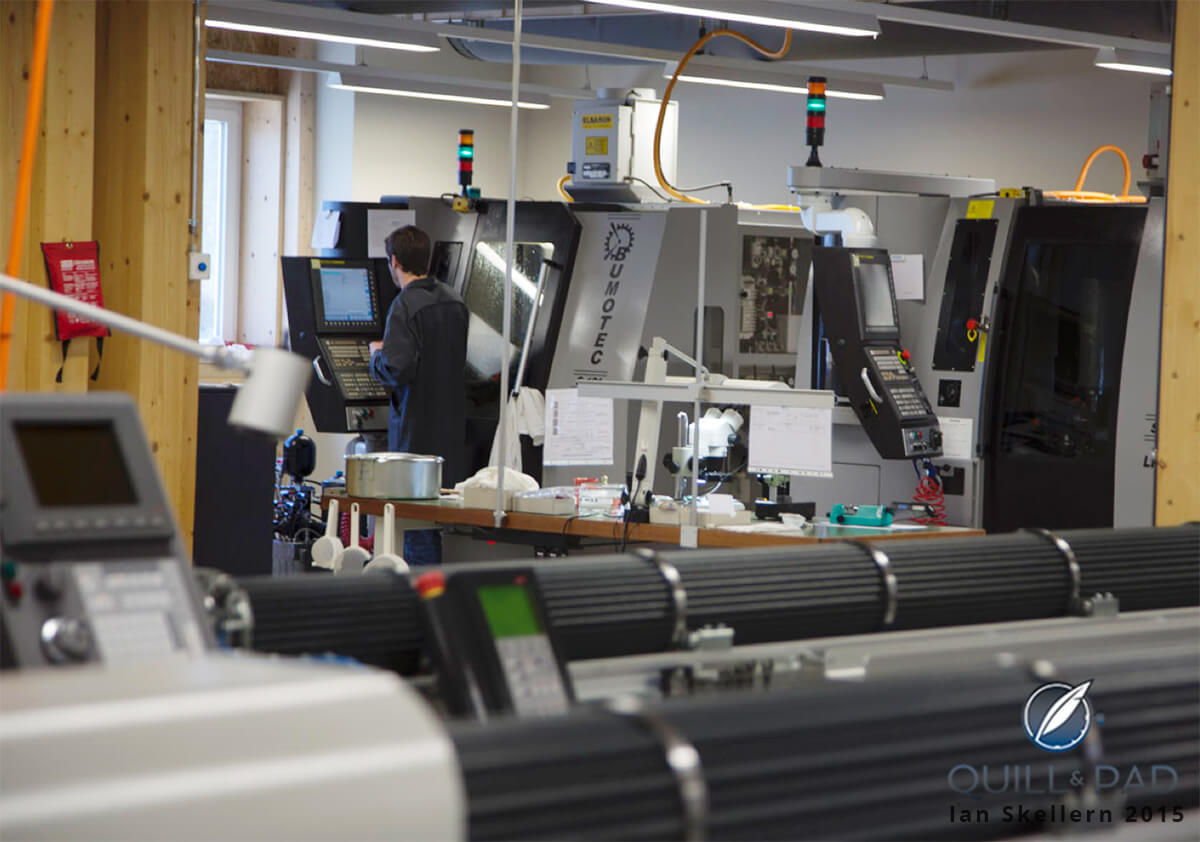
CNC machines in the background with automatic lathes in the foreground at Manufacture Romain Gauthier
During the hundred or so years of the industrial revolution, watch manufacturing techniques advanced by leaps and bounds, and the old ways of cutting everything by hand or creating custom threads for screws faded from popular use.
Machine tool nerd side note: truly standardized threads didn’t widely exist until the modern screw-cutting lathe made extreme repeatability possible around the late eighteenth century, which led to the modern systems we know today over the next 60 to 70 years. The 60° threadform wasn’t formalized as a possible standard until 1864.
What is perhaps surprising is that the artistic craft of watchmaking grew with advanced machinery and automation as it allowed more time and effort to be placed on decoration than ever before. Previously, decoration was largely limited to some highly complex engraving of bridge surfaces in the movement (aside from the obvious aesthetic components like cases, dials, and hands), and these watches were not common pieces.
As machine technology and automation made creating the base movements easier and more accurate, it became obvious that errors were being introduced by things like dust, debris, or rough surfaces, something never noticeable when accuracy was in the tens of minutes per day.
Now, with daily rate variation under minute marks (and eventually near two to three seconds per day with railroad/chronometer grade watches), solutions needed to be implemented to combat such issues. And what was one of the best solutions? Movement decoration.
It turns out that things such as brushing, striping, perlage, and polishing helped direct and trap dust in places away from critical components to keep the movements ticking away. All of the modern haute horology finishing was originally developed largely because cases were still not perfectly sealed and dust had to be mitigated. Of course it was a bonus that it made things look beautiful, but the decoration was not purely aesthetic and artistic; it was utterly practical for the function of the watch. Many of the techniques were also facilitated by the very machine tools and automation that one might have guessed would eliminate decorative flourishes.
Later, in the early twentieth century when rubber gaskets became a widespread feature on watches, many of the dust mitigation techniques became technically obsolete. On many lower-end timepieces the movements became simpler and simpler, lacking much of the decoration found now on the high-end pieces that could justify the added labor costs.
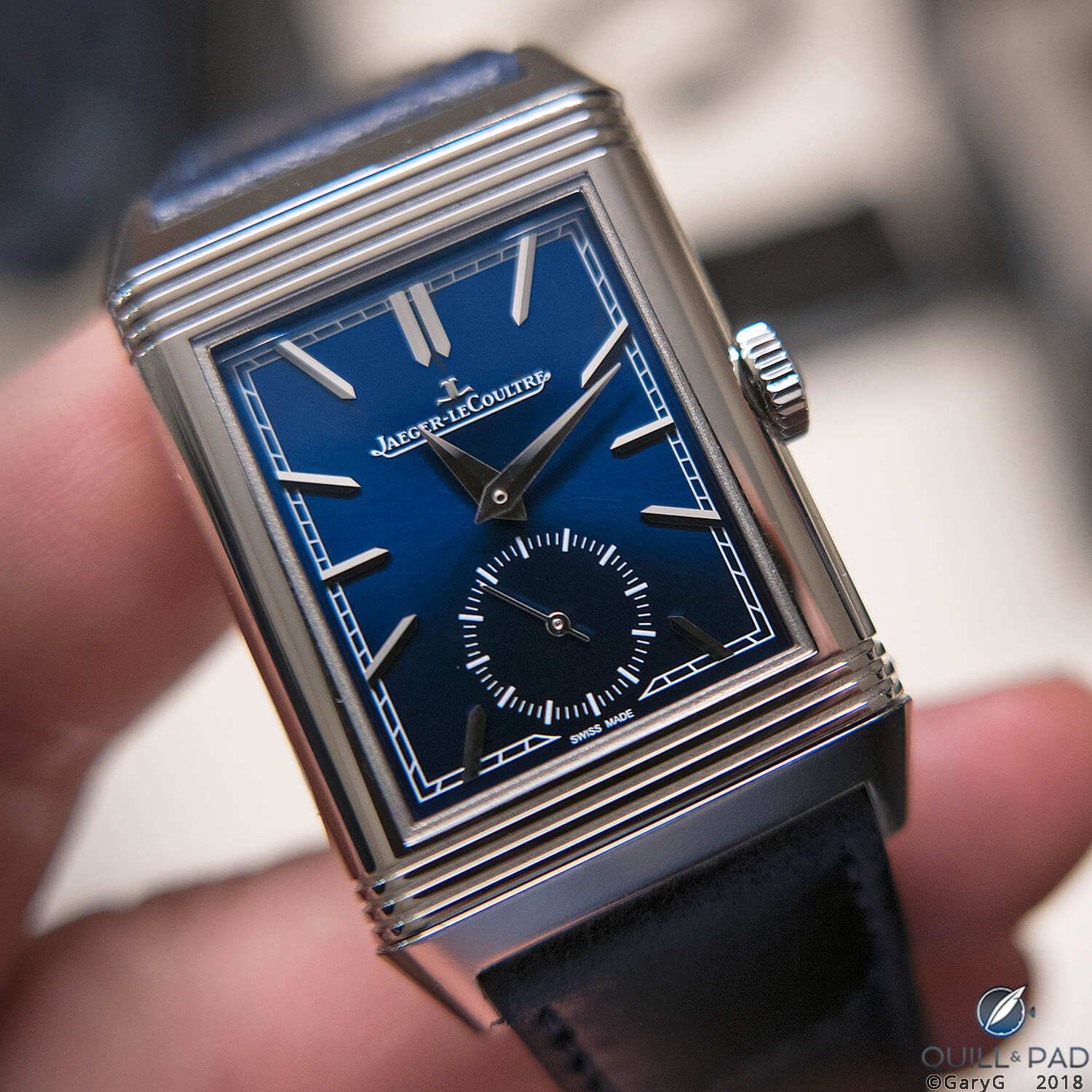
Jaeger-LeCoultre Reverso
Automation creates specialization
After the pre-industrial revolution era of watchmaking, machine technology and automation changed who made what, and how it was made. Whereas before single individuals created either the entire watch, or mostly finished ébauches before handing it off to be cased, now people would specialize in the fabrication of single components and produce them at very high rates compared to making a variety of dimensionally or functionally different components.
As companies grew and built factories for building watches (in the early to mid-nineteenth century), people specialized even more in working on only one part or assembly or performing one fabrication or finishing operation in a highly optimized manner.
This was made possible due to the introduction of standardized and interchangeable parts, a very difficult feat in the days of true handmade watches. The result was much more accurate watches produced much more economically, leading to the democratization of horological capability.
Now a person simply needed to have access to a machine and be trained on a single process to create highly precise components. The days of the lone watchmaker hand-filing every component were already going the way of the dodo.
While it never died out, I would estimate that less than 0.01 percent of watches made every year are entirely handmade like they were more than two centuries ago.
In fact, many of the watches that people like to use as examples of the watchmaking history that they consider becoming lost are examples that were made with large amounts of automation and specialized technicians performing very narrow tasks repeatedly for years. The darlings of pocket watch collectors were all the result of automation, mass production, and part interchangeability, not the genius watchmaker shaping a watch from scratch.
But at least all that automation and advanced technology led to high-quality watches being available for everyone, right? Well, not entirely, at least at first.
Watches as disposable objects
Watches produced in the pre-industrial revolution era were only for the wealthy and powerful. Any watch made by hand was a unique and highly advanced object and as such, could only be made for well-heeled customers. They were by no means affordable for the average person. With the development of automation techniques and mass production, costs came down dramatically but it took a while for anything to be made that could truly be purchased by anyone.
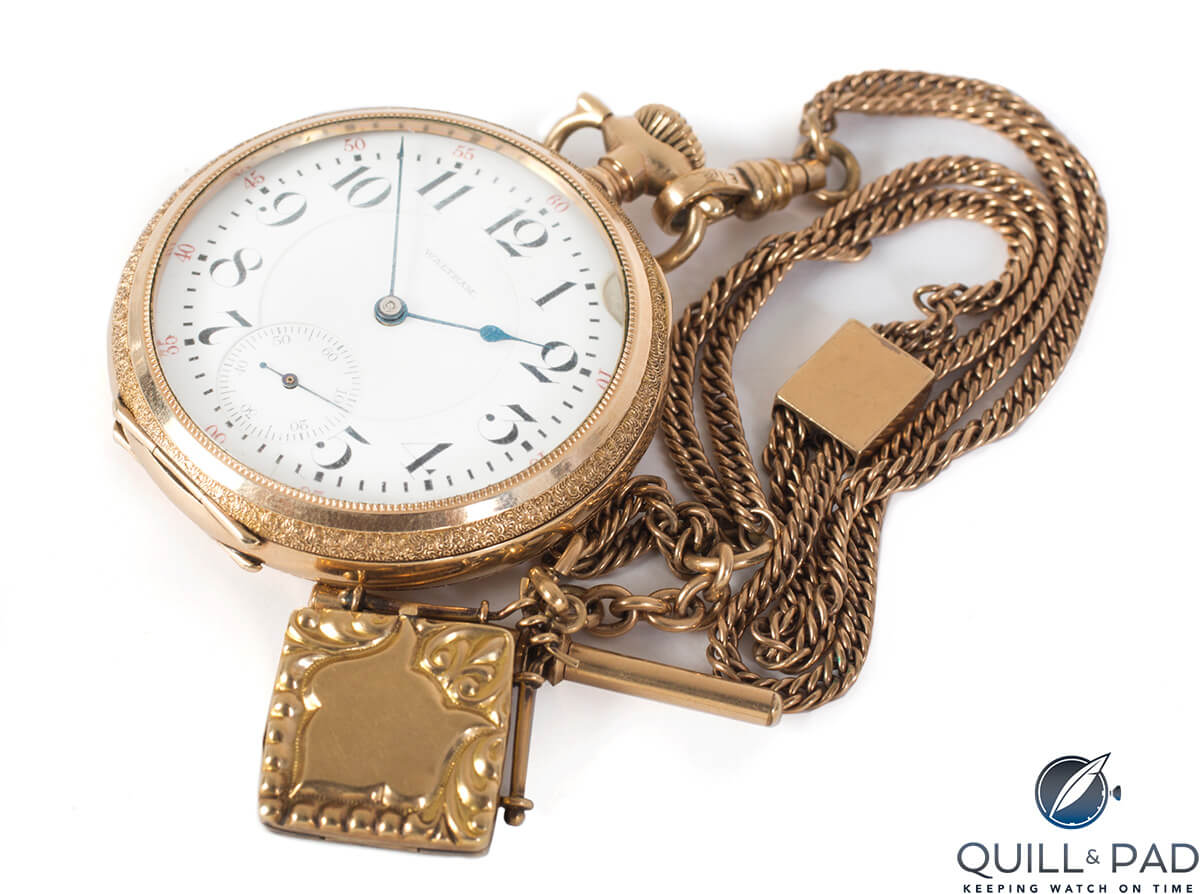
Waltham pocket watch
A lower-end eight-day pocket watch made in 1852 by the company that would later become Waltham in the United States sold for $40 (the equivalent of more than $1,300 in today’s money), more than a month’s salary for the average person. Thirty years later, in 1880, railroad-grade chronometers sold for between $50 and $100, equivalent to $2,500 today, and very similar to a good entry-level Swiss made chronometer.
During that time, other companies focused efforts on making watches that common people might actually be able to buy, and the race to make the “dollar watch” was underway.
By 1877, a watch was created by the Waterbury Clock Company that sold for $3.50 (about $87 today), and by 1892 Ingersoll had ordered watches from Waterbury that it intended to sell for the low price of $1 (or approximately $28 adjusting for inflation).
These types of watches are estimated to make up 70 percent of the entire U.S. production of watches, with somewhere around 500 million produced through the beginning of the twentieth century by a variety of companies.
And, not surprisingly, they were made so cheaply and of such low quality that they were intended to be disposable as repair would cost more than a new watch. This makes a huge number of timepieces from the beloved era of angelic pocket watches as bad or worse than the cheapest Chinese mechanicals available today because they weren’t even dustproof and were still required to be stored in a dusty pocket.
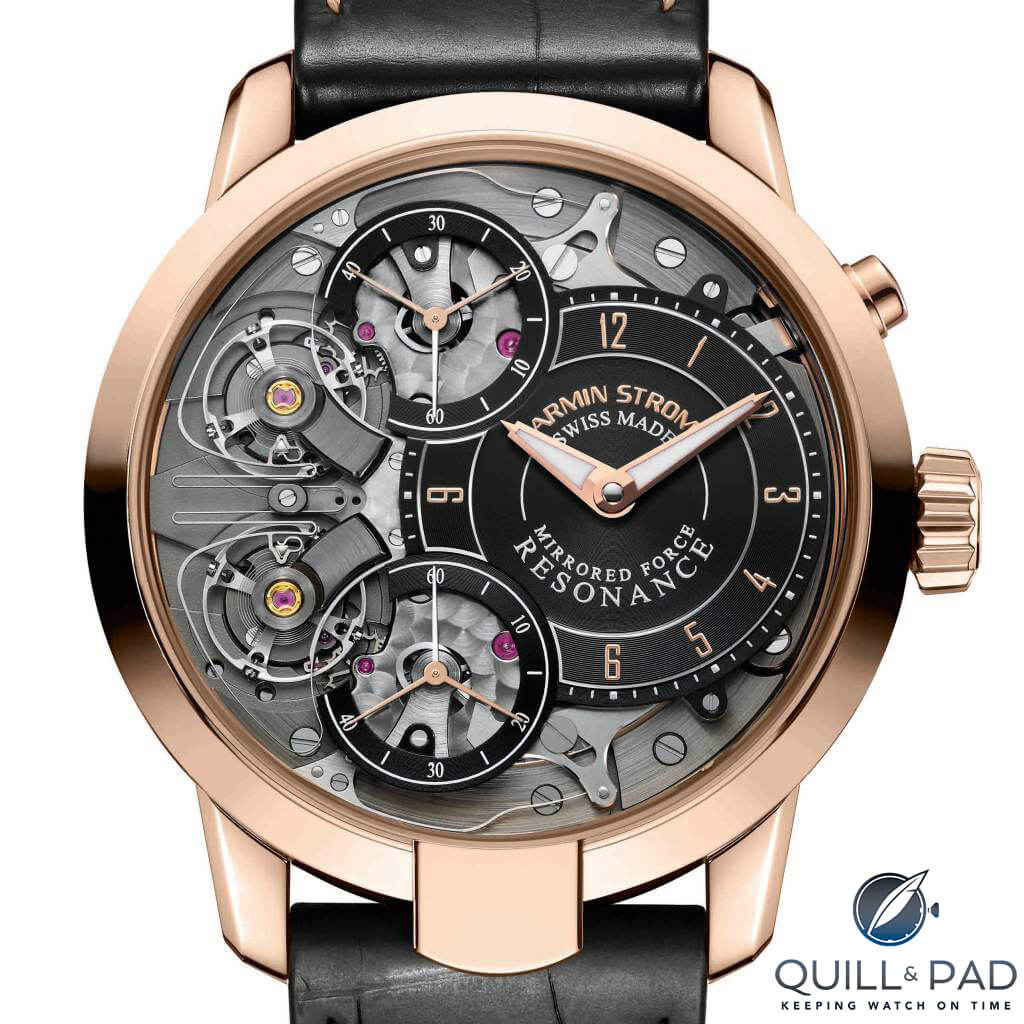
Armin Strom Mirrored Force Resonance
What does it all mean?
Clearly the illusion of the golden era of watchmaking is a bit less glamorous than we would like to think. Automation led to relatively affordable high-end chronometers (after saving for a while), but that, like today, is only a small portion of the actual watch market at the turn of the twentieth century.
And the truly high end watchmaking from the well-known Swiss companies still reached into the six figures (adjusted for inflation). So like today, there were watches at every level, and the small segment of mid-range watches that were of good value and quality did not represent the entire spectrum of watchmaking and ideology of the time.
And this comes full circle back to the reality that things in the watch industry today aren’t as dramatically different than they have been in the past, especially in eras that we like to think represent the pinnacle of the craft.
It might even be said that today there is an entirely new reason for fine watchmaking to exist compared to before: passion.
Throughout the history of watchmaking, the trajectory has largely been decided based on scientific and economic factors surrounding the viability of a product/object to provide timekeeping to the public and help advance the worlds of research, science, and military might.
But, now, mechanical watchmaking exists at least partly because of the passionate efforts of horology lovers worldwide. If there was no market for such incredible machines, the mechanical watch industry would have folded during the quartz crisis. But here we are, half a century later, and mechanical watches are being created every day to satisfy the passion of an admittedly small segment of the population.
We have given the industry a new type of dignity that it may not have had in the past, as the old reasons for its existence have faded into progress. Being sad about where things have gone and hoping for a return to some idealized earlier time won’t help push mechanical horology into the next millennium. The continued patronage of the art form we have come to love will.
Watchmaking will always have a business side, and automation, interchangeable parts, and narrow specialization will always be a part of any manufacturing process. Understand that parts or entire movements are sometimes switched out because it’s faster and cheaper to the consumer than trying to diagnose a problem when you have a backlog of 1,000 watches.
Problems with service are manpower problems. Problems with quality are due to a constant battle to keep costs down so people can still afford to buy the watches.
I will admit that corporate greed definitely plays a role in the perceived decline of watchmaking and the “ownership experience” (a modern invention if there ever was one), and management clearly stinks in a lot of places. But most of the time it simply comes down to what can be done and what people are willing to pay.
If you really want the idea of watchmaking that the marketing sells us, it will cost you big time. The nostalgia we feel is almost entirely created by marketing campaigns and ignores all the truly interesting history of horology.
Inflated historical significance combined with a false idea of skills simply removes the consumers from the reality of producing an object.
The amount of skill and knowledge within the walls of a single watch company is extensive, and just because most people working are specialized in their disciplines does not mean the object they create has lost meaning or quality. It simply means we are more aware of what goes into creating the things we love and can include more people in it to make something great.
Parts outsourced from suppliers, watchmakers that are skilled at assembling one type of mechanism, and finishing that is largely automated don’t remove the human investment and touch from a timepiece.
Thinking that people alive a long time ago were doing it “more truly” is a slap in the face of technological progress and the people who work hard every day to create the watch on your wrist. Anybody using the statement “a finger on the switch of an automated assembly line” has not worked in manufacturing, design, engineering, or product development and likely has a lot to learn about what exactly goes into creating any product, let alone one as complex as a mechanical timepiece.
I speak from a place of experience, having worked in product development for a decade, having made my own watch, and having discussed industrial watchmaking at length with those who work in the industry.
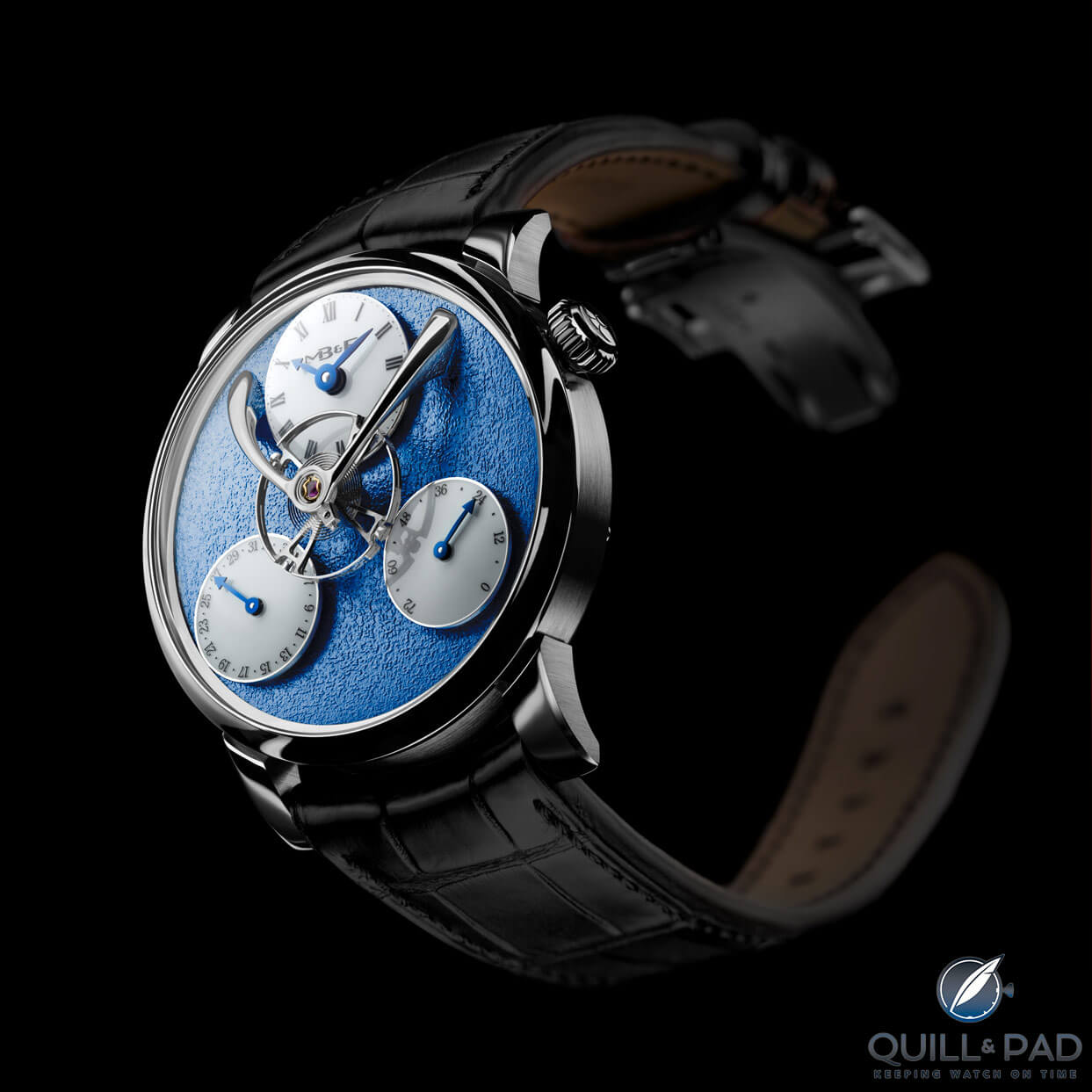
MB&F Legacy Machine Split Escapement
Like any other product, it is remarkably more difficult to create than most realize. And to discount modern production as lacking dignity presupposes that only at a specific time did hard work, intelligence, and creativity have any inherent dignity.
I would urge Derek Weinberg to look a little deeper into the industry, its past, and take any platitudes he might have heard about “real watchmaking” with a grain of salt. You can continue to love watchmaking even if it changes with the times.
Many of us have already.
You may also enjoy:
Modern Horological Times And Practices Are Likely Much Worse Than You Think: A Reflection
Reduction In Wait Times For Watch Servicing Repair And The Disturbing Reality Of What It Means For You
The Number Of Jewels In A Watch Movement Indicates Value, Doesn’t IT? A Myth Debunked
Fauxtina: A Faux Vintage Faux Pas
Leave a Reply
Want to join the discussion?Feel free to contribute!








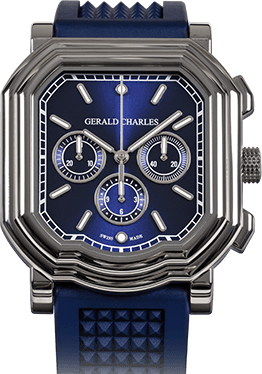
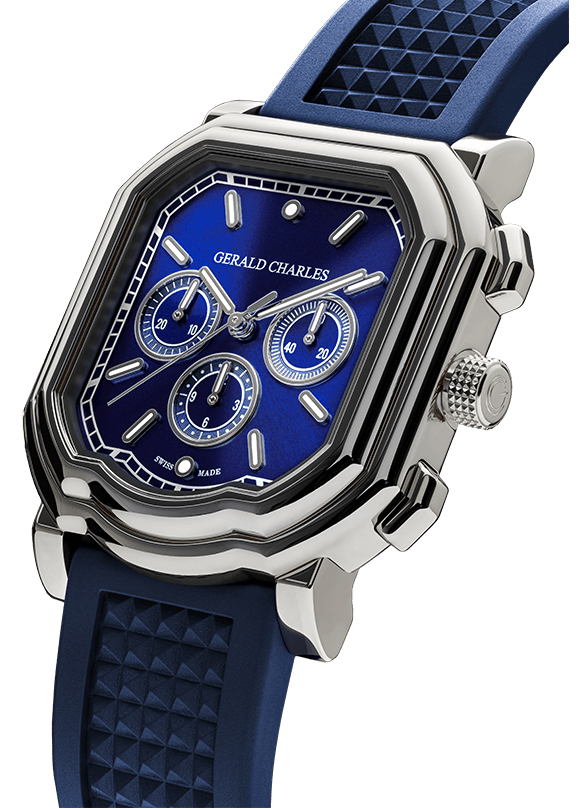

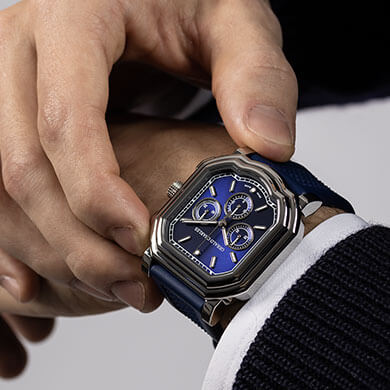
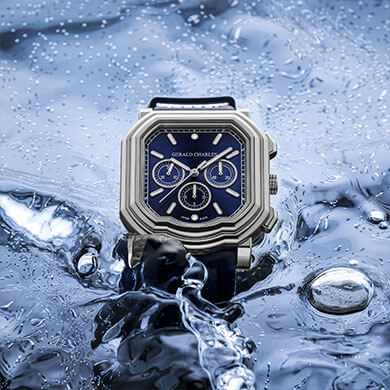

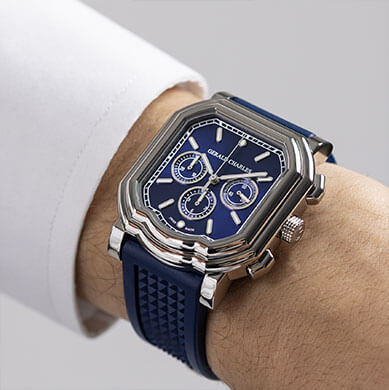



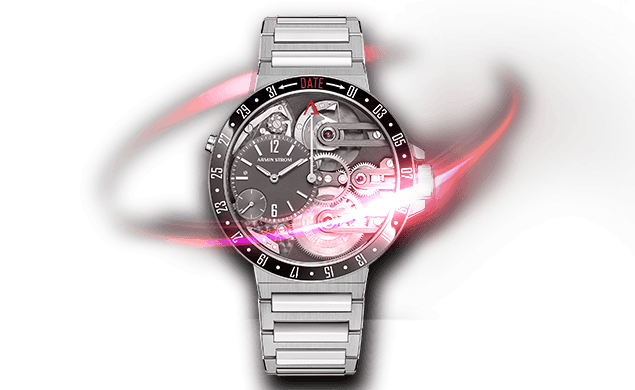
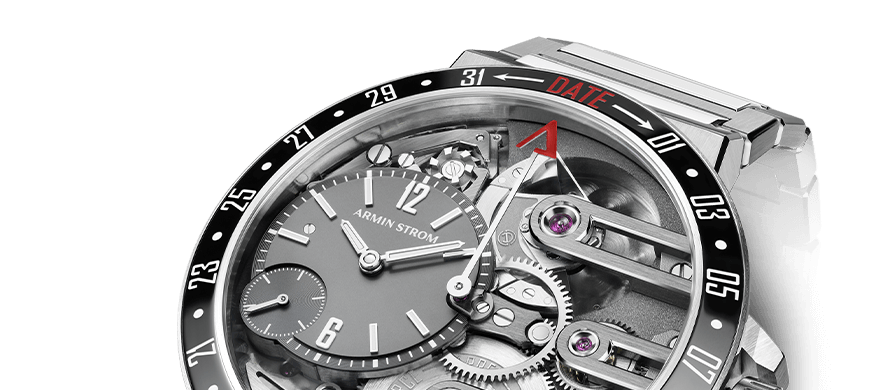
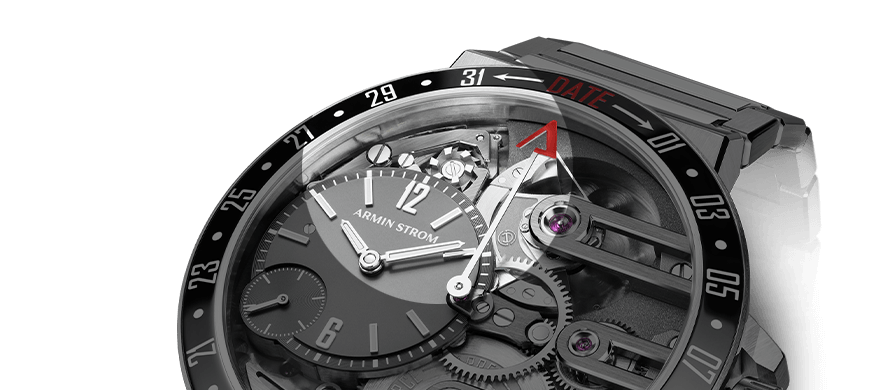


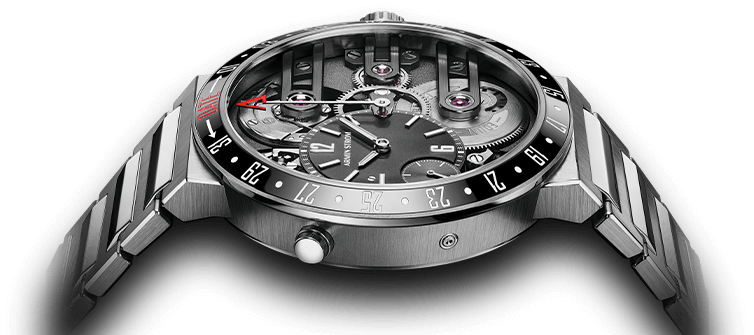
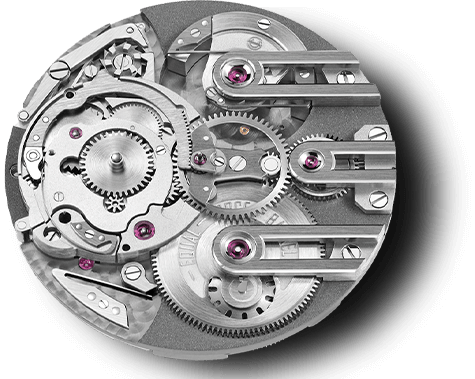

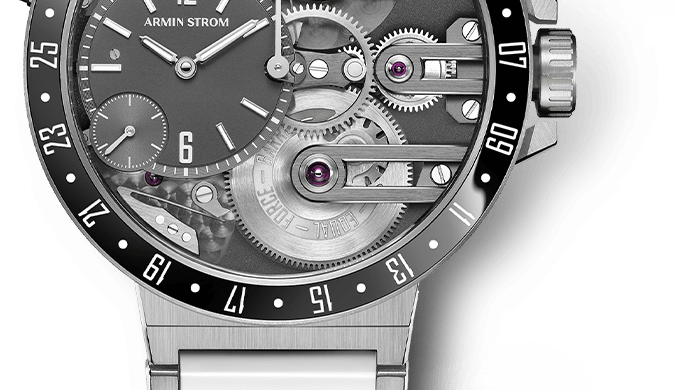
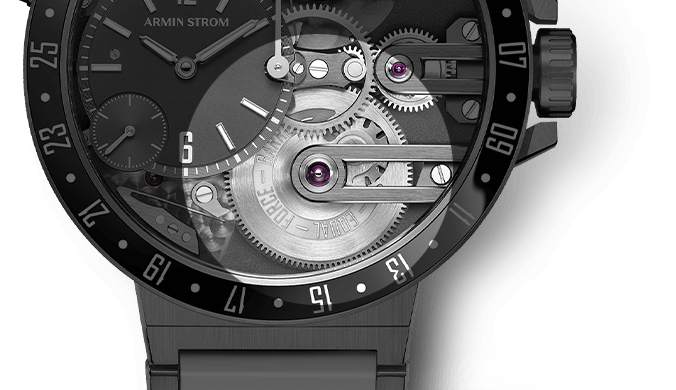




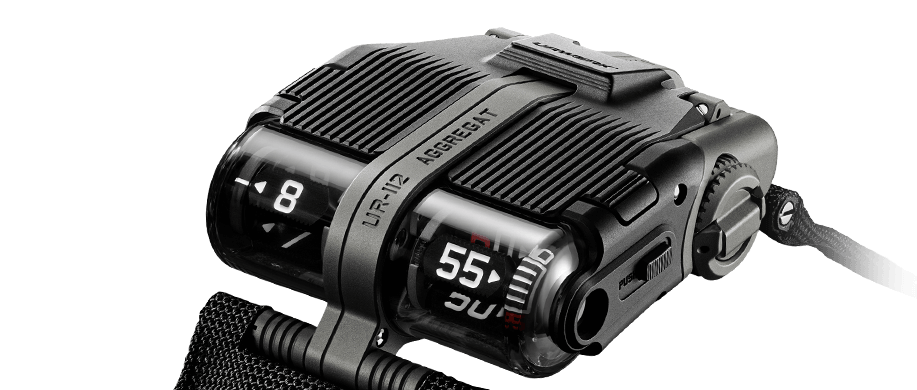
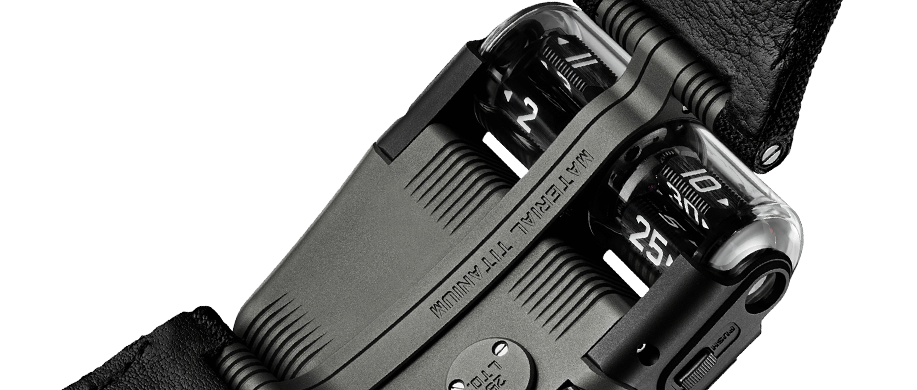
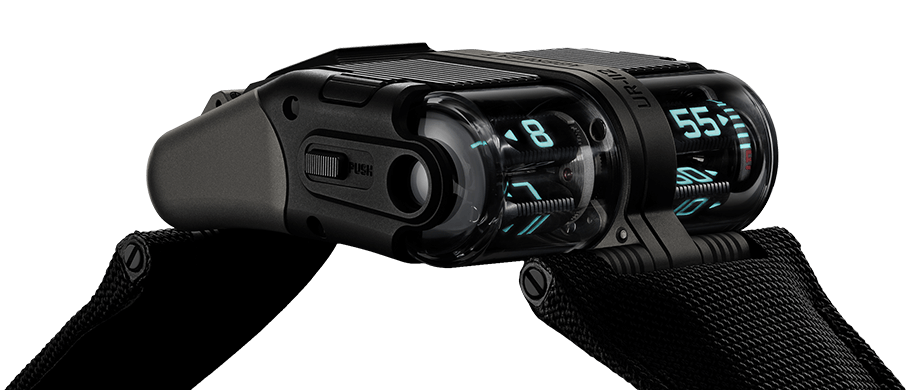


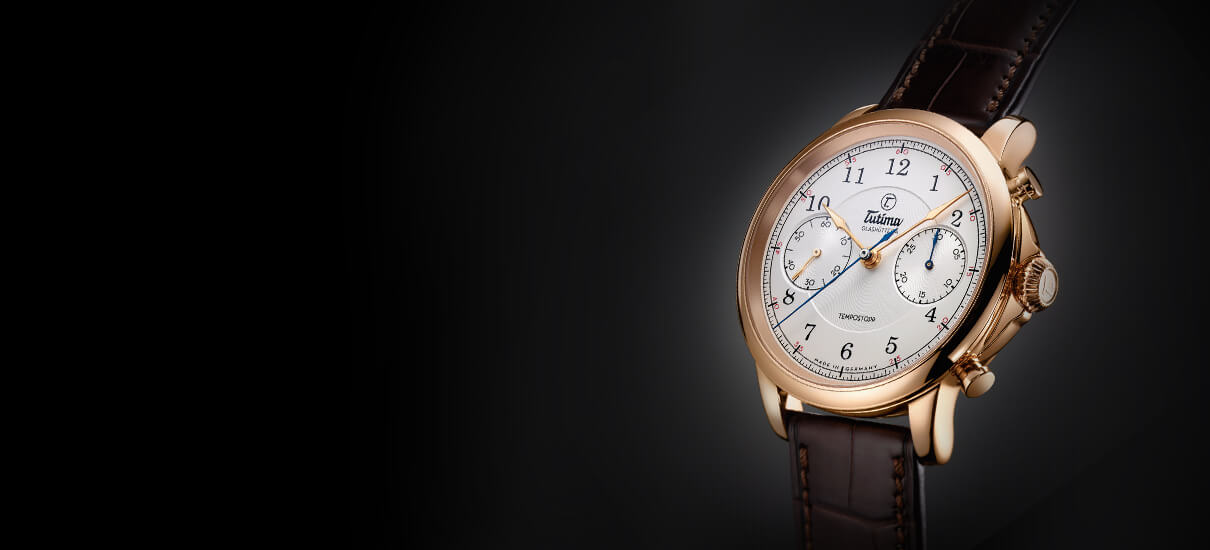



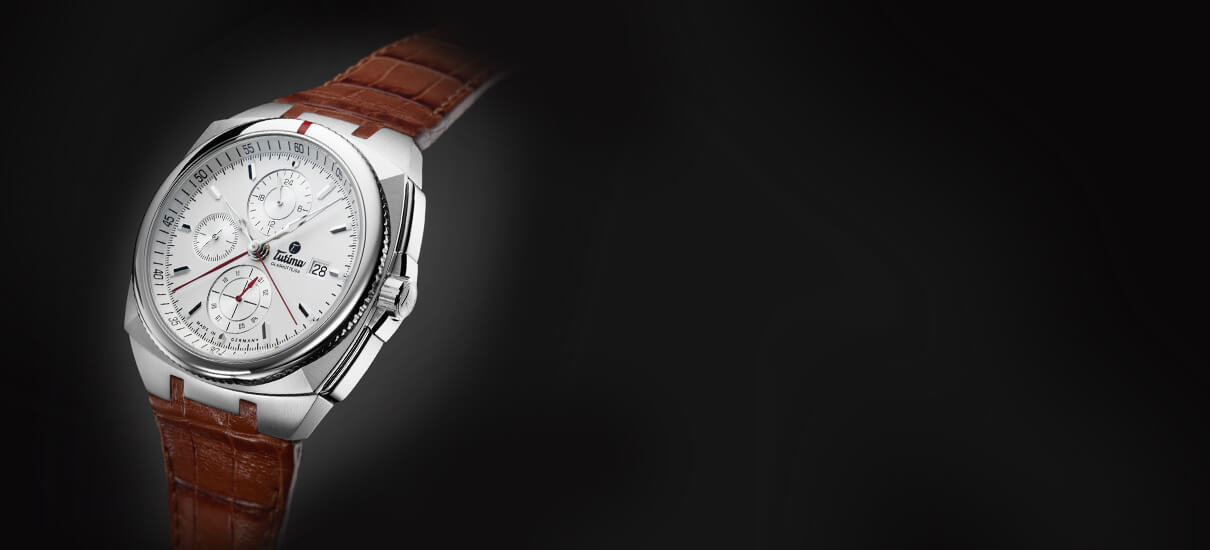

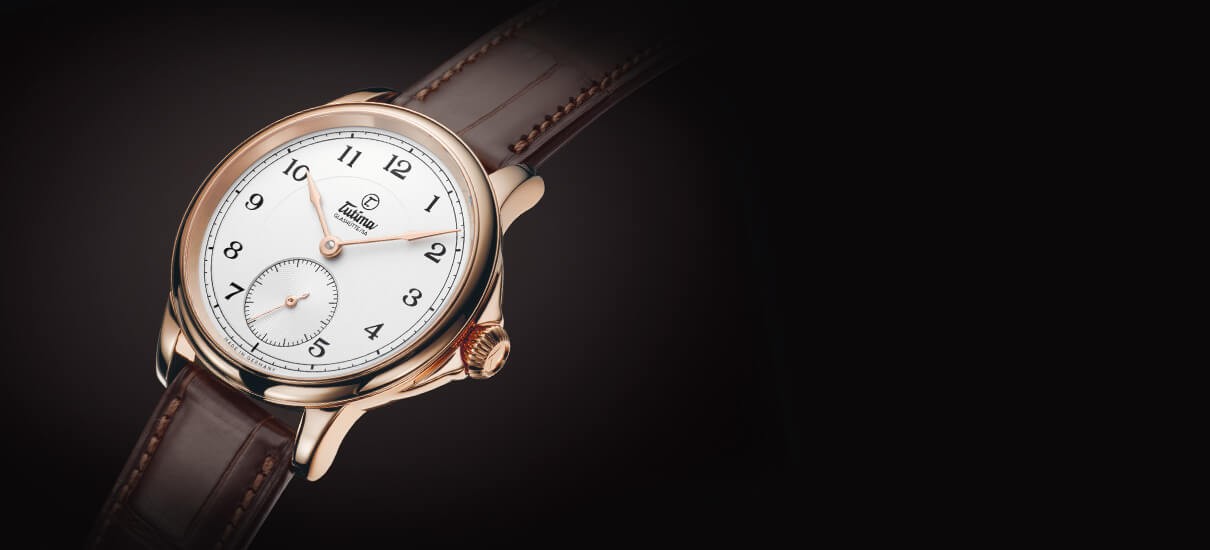

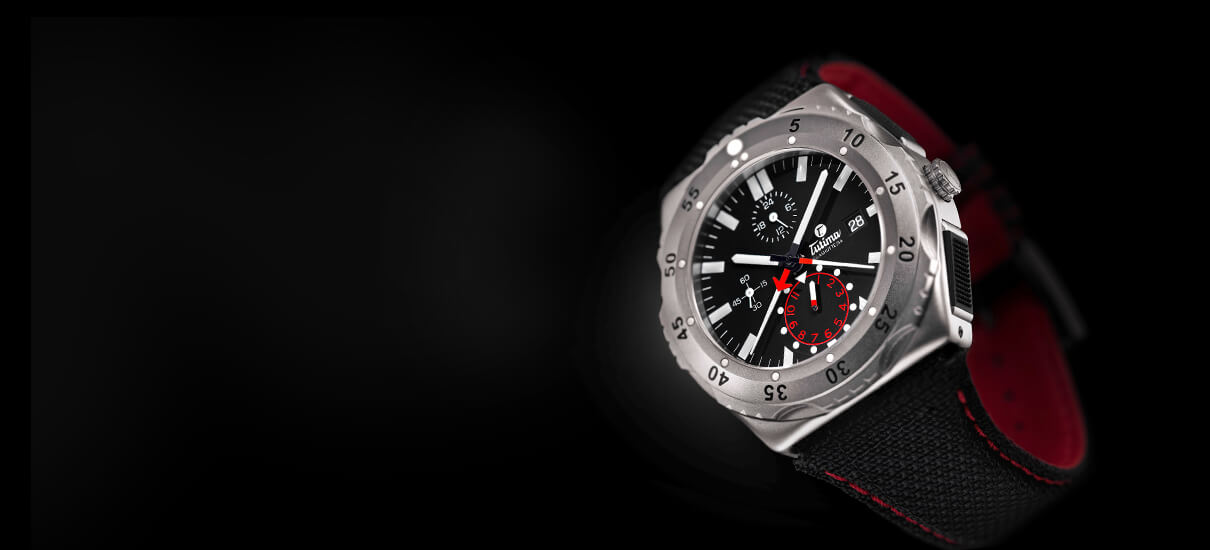

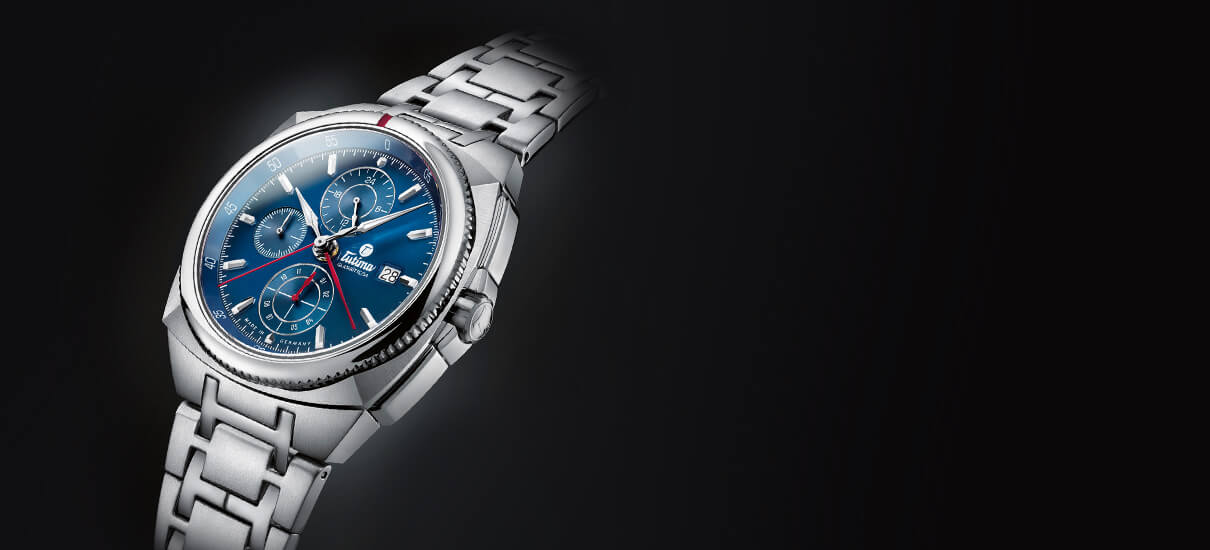

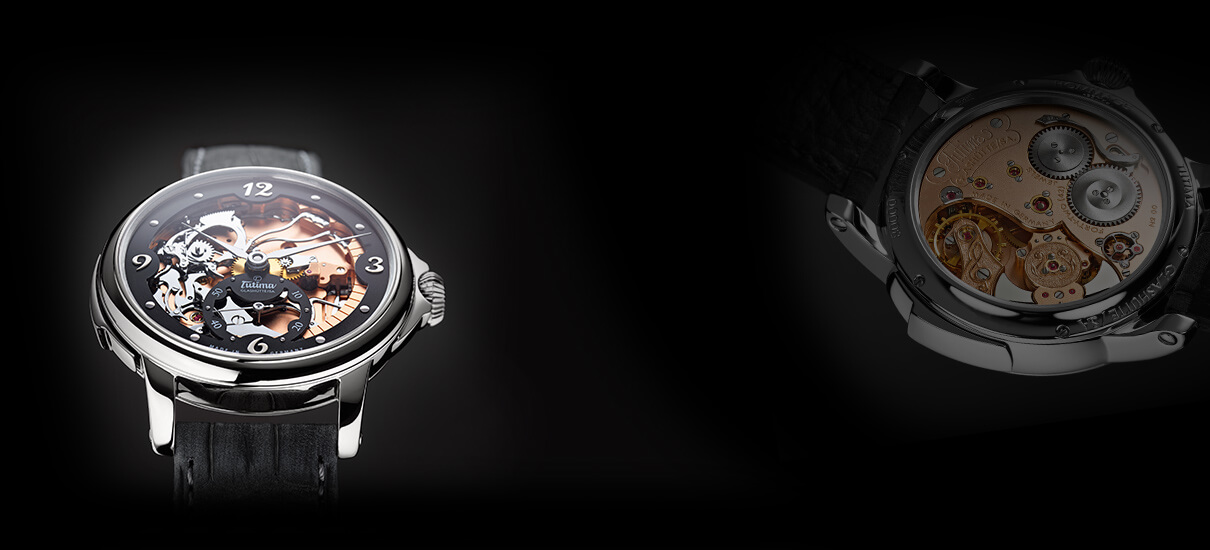



thank you for this point of view which captures in details the evolution of a long standing industry.
I think one key change is not captured though, and wish to add it, if I may.
In the recent years, the smartwatch did to watchmaking what the mobile phone is doing to a lot of the systems, tools, products we interact with on a daily basis. It brought a large threat to single purpose device (or nailed its coffin, the darker way I see it). the smartwatch is not the repeat of the quartz wave of the seventies: that 70s wave was at first making expensive mechanical watches obsolete and replacing them with cheap fun and easy to swap watches. It highlighted as well that the mechanical watch brands could not compete in the world of quartz watches compared to purposely created new businesses. there were some interesting production of quartz watches by our well known mechanical watch brands but the very limited success just proved the point even more.
Mechanical watches became obsolete. They moved from the best device you can get to read the time on your wrist, to the expensive and not so accurate device you can put on your wrist to tell time. Their only way of survival was to move into the niche of luxury item.
paradoxically, mechanical watchmaking was saved by the success of quartz watches. It allowed watchmaking group(s) (Hint: name starts with S and finishes with “watch”) to fund investments in saving/reviving the arts and crafts of mechanical watchmaking while the baseline of sales was covered with quartz watches. It shifted mechanical watches further into luxury, and, in parallel, luxury which, by nature was an exclusive niche turned into “mass luxury” thanks to Marketing (well described in this article) became the main source of expenditure of the mechanical watchmaking brands to no longer sell a product but to sell an emotion: because if your product is obsolete, the emotion that the product brings up may still be relevant.
So, why the Smartwatch wave is a much larger threat, in my opinion?
It kills the single purpose device. The space on the wrist is the new battlefield. It will be occupied by a multi-purpose device. once you wear such a device on your wrist, the single purpose device becomes a lot less appealing. Younger generations will be less driven to even think of a mechanical timepiece, in ways that they will be less driven into buying expensive fountain pens, in a world where the keyboard is now the norm.
After the first wave of intelligent wrist device novelties, we now see device that are going to do you some good: they will monitor your health (and this is only the beginning of what these devices will smartly monitor). How does a mechanical device competes with this? The answer is already there. It does not. the big “A” company already sells their devices by millions each year.
In the lifecycle of products, we have yet to find one that defies time forever. Will it end abruptly for mechanical watches? I don’t think so. It did not end instantly for horse carriages. you still have people who love horse riding and a lot of horse ranches have a carriage for some fun on country back roads, but once the main purpose has disappeared, replaced by another device, the niche survives only with passion. Continuing the comparison, the passion for horses is big but only a tiny fraction of what it once was as a business.
Many heated debates took place when the first apple watch came on. in each watch brand, it was a very sensitive topic to even discuss around the coffee machine.
As well described in the article, evolution is in the nature of industrial production in our consumer based economy. It is inevitable that mechanical watches will be sold in less and less numbers despite a growing population on our planet. The niche can only survive by going towards more luxury, more refinement, more technical development, to justify an ever bigger price tag. The only other direction for the watch brand is to start producing smartwatches but I fear that just like during the quartz wave, their attempts to do new with “the old way” is going to be hard and not so successful.
So there are 2 good news for watch enthusiasts: collecting watches is not about to die. In fact, it is probably on the rise, and brands making mechanical watches are forced to be more innovative, creating more complications, accuracy, new materials, old decoration techniques pushed to new heights, (but prices too will see new heights, inevitably). I sincerely hope that the innovation will not be limited to innovation in marketing techniques, but … future will tell.
Quill & Pad
Greatly value your website and contributions that truly reflects the deep understanding of watches.
I however am deeply disappointed that you include Alex Ghotbi of Philllips Auctions to comment along with you all. I have experience buying a watch from Phillips and do not wish to tell you what he said to me at his office in Geneva with Bacs and Russo in their office hearing our conversation about the watch I had purchased.
Please do not reduce the credibility of Quill & Pad by adding Alex Ghotbi to your roster.
This is a personal suggestion for no personal benefit.